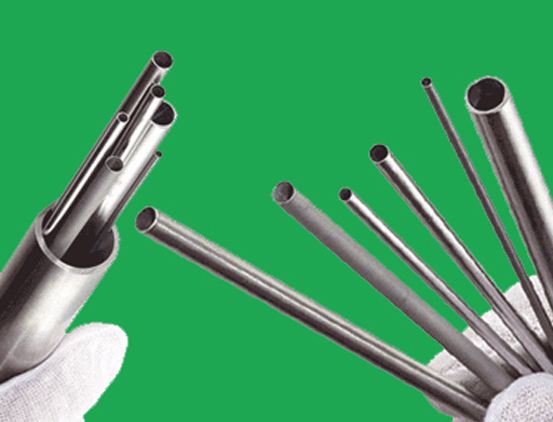 All steel is carbon-based, but stainless steel contains chromium at 10% or more by weight. It is the addition of chromium that gives the steel its unique stainless, corrosion-resisting properties. Stainless steel does not rust because its chromium content gives it passivity. The chromium forms a passive oxide film; it repairs the surface layer and prevents further corrosion. This passivating layer prevents oxygen and water from accessing the underlying metal, giving stainless steel a long lifespan. Engineers and designers often underestimate or overlook these benefits of stainless steel because of what is viewed as the higher initial cost of stainless steel.
All steel is carbon-based, but stainless steel contains chromium at 10% or more by weight. It is the addition of chromium that gives the steel its unique stainless, corrosion-resisting properties. Stainless steel does not rust because its chromium content gives it passivity. The chromium forms a passive oxide film; it repairs the surface layer and prevents further corrosion. This passivating layer prevents oxygen and water from accessing the underlying metal, giving stainless steel a long lifespan. Engineers and designers often underestimate or overlook these benefits of stainless steel because of what is viewed as the higher initial cost of stainless steel.
Adding nickel further increases the steel’s lifespan and resistance to harsh environments. Nickel increases strength, impact strength, and toughness, while also improving resistance to oxidization and corrosion. Molybdenum and nitrogen alloying elements help the stainless steel resist pitting and crevice corrosion in chloride-containing solutions. T316 stainless steel contains molybdenum, but T304 does not. Special high chromium and nickel-alloyed grades can increase its resistance to heat and scaling.
Stainless steel has a high strength-to-weight ratio even at high temperatures. Its non-porous surface makes it easy to clean – ideal for medical and food-grade applications that need to prevent the absorption of bacteria and germs. The surface does not stain and can be polished to create an aesthetic appearance. When the total life-cycle costs are considered, stainless is often the least expensive material option.
Contact the Experts at Eagle Stainless
Looking to enhance your knowledge further? With several decades of expertise in the metals industry, you can rely on Eagle Stainless as a valuable resource for creating innovative designs and expertly fabricating a wide range of high-quality metal products tailored to your specific requirements. Contact us today to discuss your unique needs.



